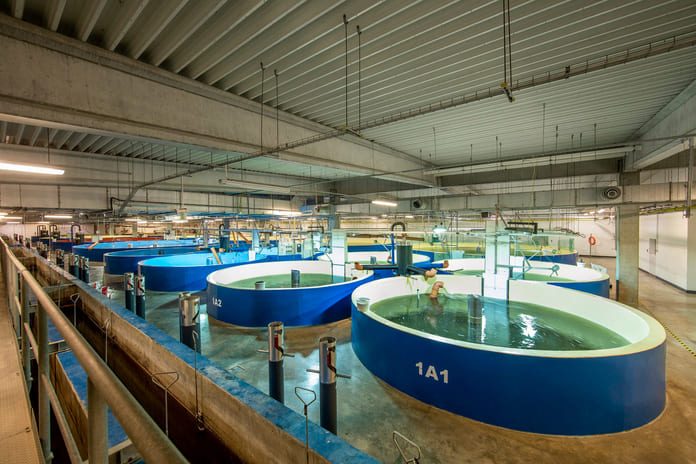Commissioned by Moscow-based investment company, Russian Friends Capital (RFC), the two new facilities are each planned to produce an initial 2,500 metric tons of Atlantic salmon.
AquaMaof has been selected by RFC to develop two Atlantic salmon production facilities in Russia and Kazakhstan, with a planned production volume of 2,500 metric tons each. Design work on both facilities is due to begin next quarter.
The facility in Russia, Tuloma Salmon, will be located in the Tula region, a two-hour drive from Moscow. In Kazakhstan, the facility will be located in an economic zone adjacent to the border between Kazakhstan and China, according to a press release from AquaMaof.
“We are delighted and honored to have been selected by RFC as the RAS technology provider for these exciting projects,” says Leonid Goldshtein, Co-Founder and CIS Director at AquaMaof.
“We are looking forward to supporting them in their mission to provide consumers with fresh and healthy salmon, which is locally and sustainably produced.”

“We are pleased to team up with AquaMaof as the technology provider for our salmon facilities in Russia and Kazakhstan,” says Dmitry Perman, Partner at RFC.
“The selection follows a comprehensive due diligence process in which AquaMaof’s RAS technology stood out in terms of lower energy use and bio security. The fact that the company’s technology has been proven in the production of salmon up to market size was also a significant factor in our decision. These facilities are part of our strategy to get locally-produced, fresh, healthy salmon closer to consumers in all major CIS regions.”
The AquaMaof advanced Minimum Liquid Discharge (MLD) RAS technology utilizes several water-treatment patents and filtering techniques to significantly cut water consumption in the fish production process. At the core of AquaMaof’s integrated RAS technology is efficient power management, which dramatically reduces energy costs. Strict biosecurity protocols and complete environmental control eliminates the use of antibiotics and chemicals in the process, and results in high survival rates.


